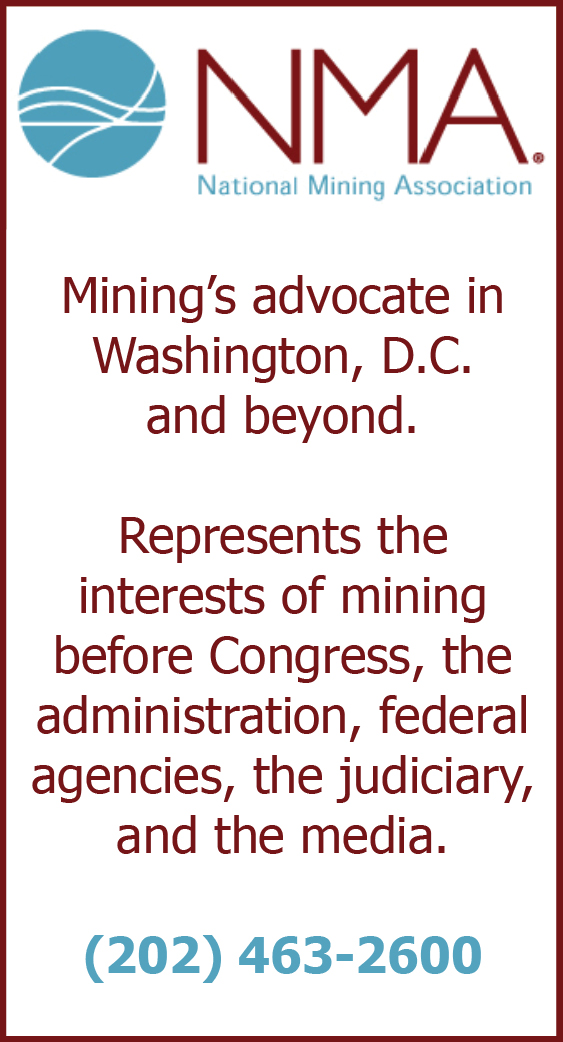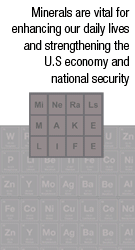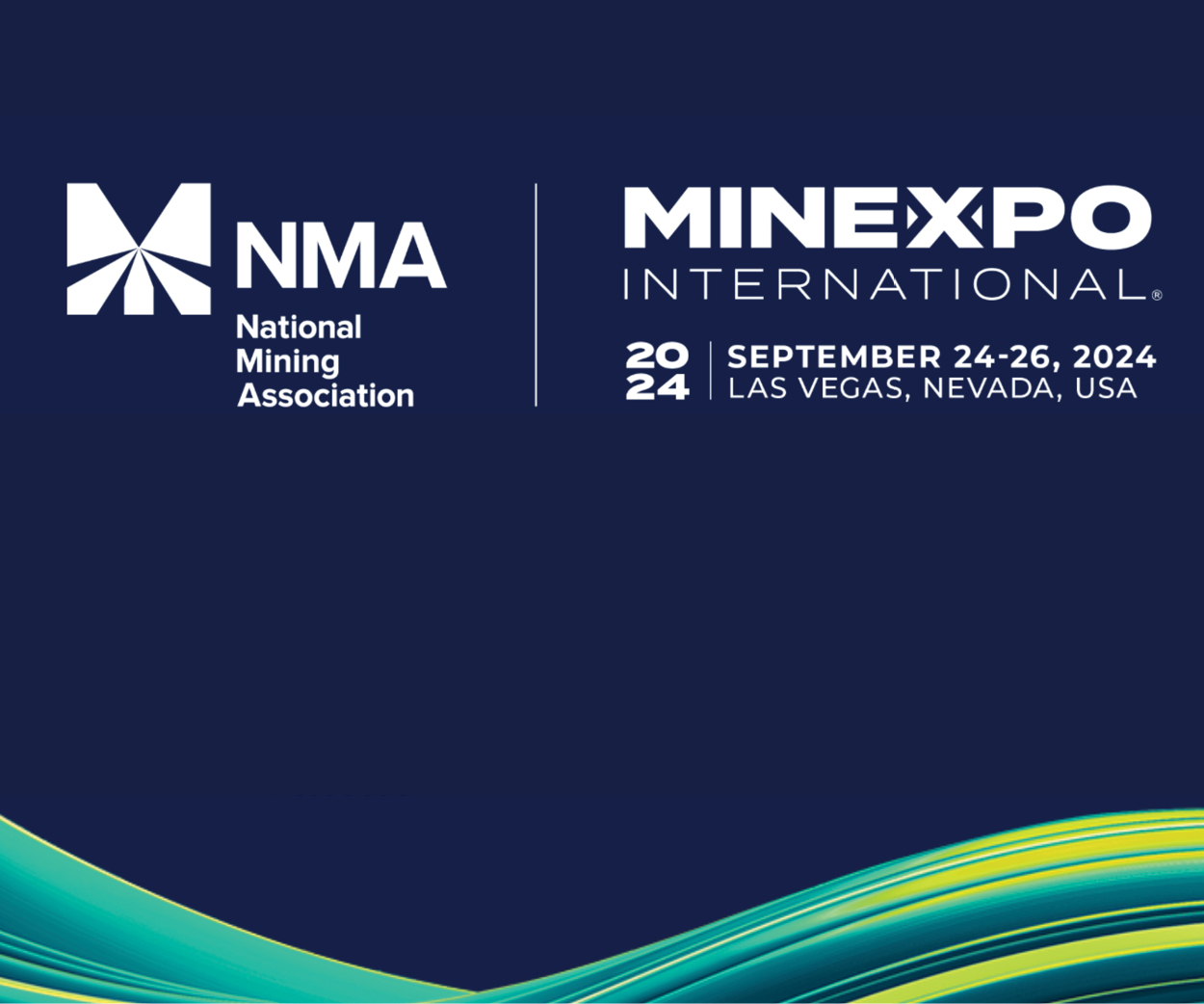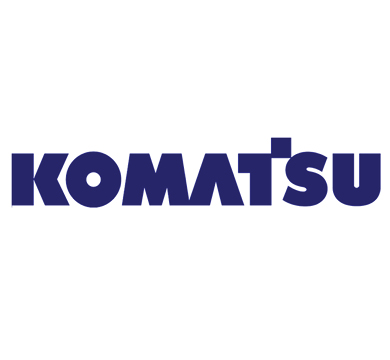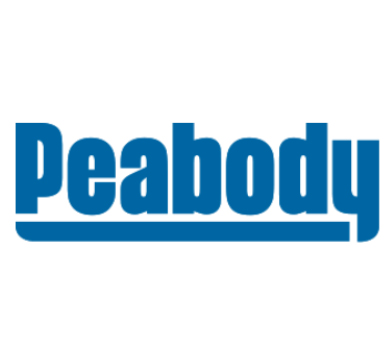Pause Issued for First Mining Gold’s Construction of Winter Road for Its Springpole Project, Canada
Cat Lake First Nation has been granted an injunction pausing a gold-mining company’s construction of a temporary winter road leading to an exploration camp for a proposed open-pit mine in northwestern Ontario.
In documents filed in divisional court, the Ojibway First Nation says the 18-kilometer access road is on traditional land and it wasn’t consulted before the Ministry of Natural Resources and Forestry (MNRF) issued road construction permits to First Mining Gold Corporation (FMGC).
Cat Lake First Nation Chief Russell Wesley told CBC Thunder Bay his community had been working on an Anishinaabe-led environmental impact assessment of the Springpole Mine Project, with funding and participation from FMGC.
But the Ontario government’s approval of the permits “caused conflict,” Wesley said.
“It looks like the First Nations are being combative when in fact we’re not. If the province hadn’t issued the permits, we would still be going through this process,” Wesley added.
The northwestern Ontario community, home to about 650 people, is 440 kilometers northwest of Thunder Bay along the Albany River. Its band council declared a moratorium on mining exploration and related road construction in December 2022 and it was renewed this fall.
WHY THE INJUNCTION WAS GRANTED
Cat Lake filed the injunction in court on Feb. 21.
Two days later, Regional Senior Justice W.D. Newton issued an interim order for the mining company to pause road construction as the First Nation seeks a judicial review of the MNRF’s decision to authorize the work. Newton is expected to hear the motion this week.
In issuing the injunction, Newton cited the importance of consultation with Cat Lake First Nation and its concerns over possible “irreparable harm” from continued construction.
Cat Lake’s court efforts come amid escalating tensions between First Nations in the region and the Ontario government over a surge of mining claims, particularly in the Ring of Fire. The crescent-shaped, 5,000-square-kilometer area about 500 kilometers northeast of Thunder Bay is said to be rich in metals needed for electric vehicle (EV) batteries.
But there are also concerns, including by many First Nations, that the provincial government’s ambitions for the Ring of Fire could threaten their way of life.
A spokesperson for the MNRF confirmed to CBC that permits were issued to FMGC on Feb. 9 “for the construction of a temporary access corridor to the Springpole Project site.”
Asked to respond to Cat Lake’s concerns that the permits were issued without consultation, the spokesperson said in an email, “As this matter is before the courts, we are not able to comment on anything further at this time.”
CURRENT WINTER ROAD A DANGER, COMPANY CEO SAYS
FMGC calls its proposed Springpole Mine one of the largest gold projects in Canada.
The company has been operating its exploration camp since 2015. A feasibility study for the project is underway and a draft environmental impact assessment was published in June 2022.
Dan Wilton, FMGC’s chief executive officer, said the warm winter has created a dangerous situation for workers using the existing winter road.
“This temporary winter road will allow First Mining to keep its focus on operating in a safe and environmentally responsible manner,” Wilton said in a news release on Feb. 26.
“While it is disappointing that Cat Lake First Nation has chosen to oppose these important, temporary safety activities, First Mining continues to listen to the concerns of Indigenous communities and is always willing to meet with community leaders to discuss these and any other matters regarding our activities in their traditional territories,” Wilton added.
FIRST NATION CITES LACK OF CAPACITY TO RESPOND
The Springpole project requires both provincial and federal environmental assessments (EAs). The First Nation says its own Anishinaabe-led environmental impact assessment is the first of its kind in Ontario.
Section 35 of Canada’s Constitution outlines the Crown’s duty to consult First Nations on land development projects. In practice, the onus falls on industry and First Nations rather than the government, said Wesley.
He said Cat Lake lacks the capacity to deal with the government’s EAs and the “barrage” of mining claims that have been sent to him for review since before the COVID-19 pandemic.
“When you have a system like that, it’s very rigid. The timeline is rigid — there’s really no deviation from that,” Wesley said.
Wesley stressed, however, that Cat Lake’s moratorium on mining was only put in place to give First Nation leadership time “to consult our people properly.”
He is calling for more flexibility within the government’s environmental assessment processes and more support for First Nations, including ways to allow them to carry out Anishinaabe-led environmental impact assessments.
“Most First Nations like mine are not opposed to development … if we’re allowed to participate and make informed decisions. Right now the way things are, we do not have that system that allows us to do that,” Wesley said.
INCORPORATING INDIGENOUS LAW
While the court injunction to pause the road’s construction is a win, lecturer Daniel Cox said, Cat Lake could face other challenges as the case moves through the courts.
Daniel Cox, who teaches at the Bora Laskin Faculty of Law in Thunder Bay, is a member of Fort William First Nation. He said one challenge the First Nation may encounter stems from a fundamental difference in how justice is approached.
He said the provincial court system uses Aboriginal law (how Indigenous people interact with the Canadian legal system) to promote reconciliation. He said that differs from traditional Indigenous law (which represents traditional systems of governance and law practised for generations by First Nations).
“Trying to find space, I suppose, is the biggest difficulty for traditional Indigenous laws in this country versus Aboriginal law, which is very much a colonial system of law that these First Nations have to navigate,” Cox said.
Last summer, the federal government released the United Nations Declaration on the Rights of Indigenous Peoples Act Action Plan. A key part of the declaration is First Nations’ rights to free, prior and informed consent, which sets a higher standard than the Crown’s duty to consult.
“The hope is perhaps that this declaration can be invoked to move the law towards a standard of free, prior and informed consent — so I think that would go a long way to increasing First Nations’ involvement in these types of projects,” Cox said.
“It’s a work in progress. The jury is still out. It’s a relatively new adoption of these principles, so we’ll see,” Cox added.
He said it may be helpful for First Nations to co-ordinate legal strategies when it comes to cases around development — which is what the First Nations Land Defense Alliance has achieved.
“It’ll be up to these First Nations to try to assert these rights and argue for this type of change. But unfortunately, it’s still a question of navigating a court system, which is at its heart an adversarial system, and it takes time for cases to work their way through the courts,” Cox said.
Source: CBC
First Mining Gold is a gold developer advancing two of the largest gold projects in Canada, the Springpole Gold Project in northwestern Ontario, where they have commenced a feasibility study and permitting activities are on-going with a draft environmental impact statement (EIS) for the project published in June 2022, and the Duparquet Project in Quebec, a PEA stage development project located on the Destor-Porcupine Fault Zone in the prolific Abitibi region. First Mining also owns the Cameron Gold Project in Ontario and a portfolio of gold project interests including the Pickle Crow Gold Project, the Hope Brook Gold Project, and a large equity interest in Treasury Metals.
Be in-the-know when you’re on-the-go!
FREE eNews delivery service to your email twice-weekly. With a focus on lead-driven news, our news service will help you develop new business contacts on an on-going basis.
CLICK HERE to register your email address.










